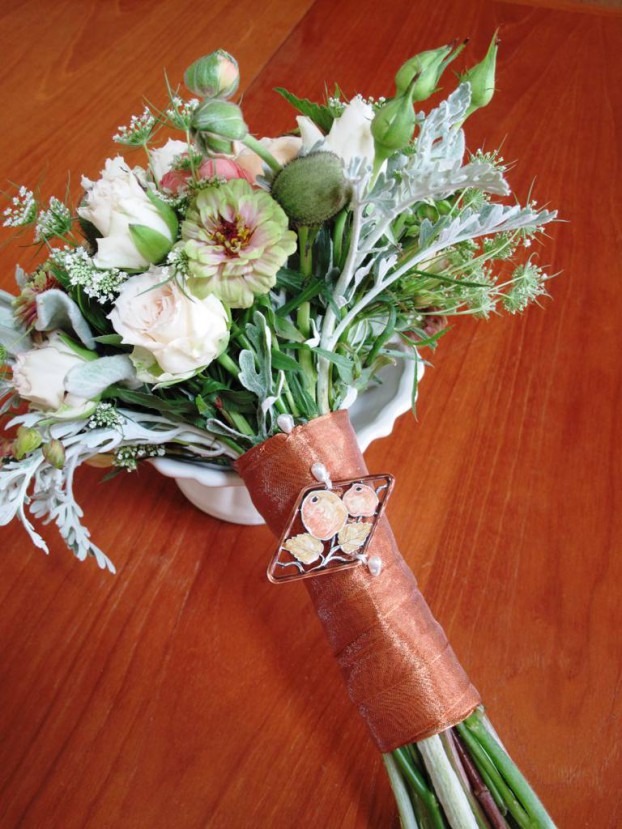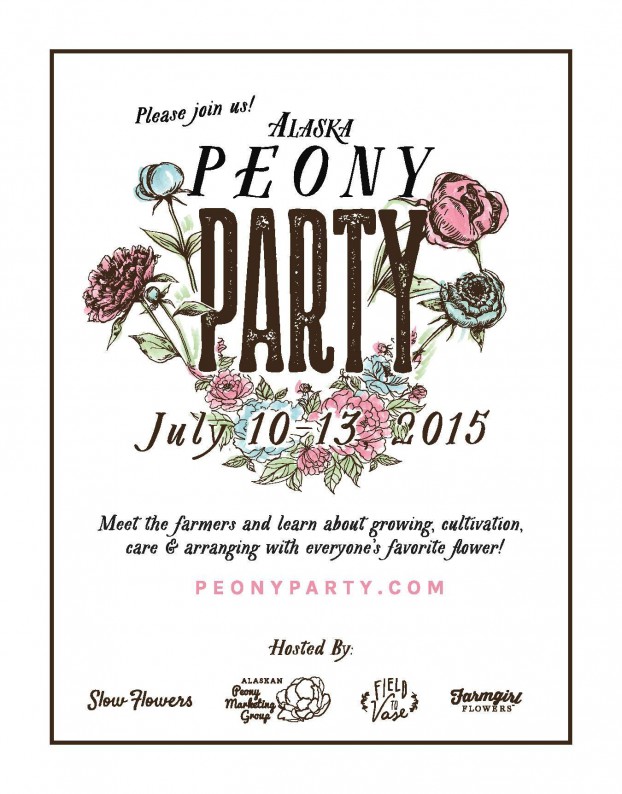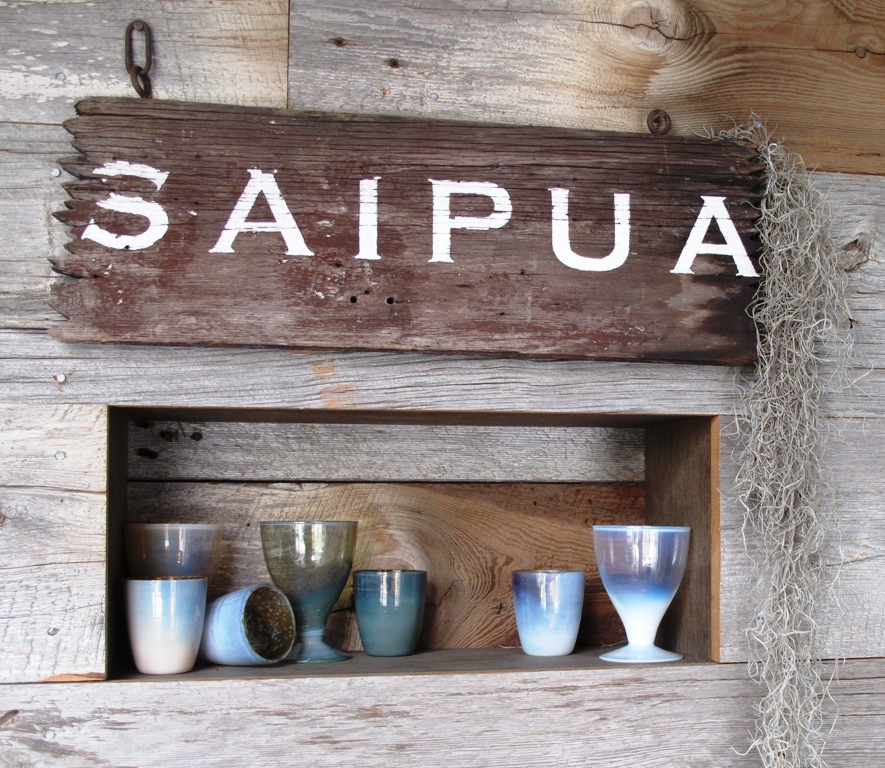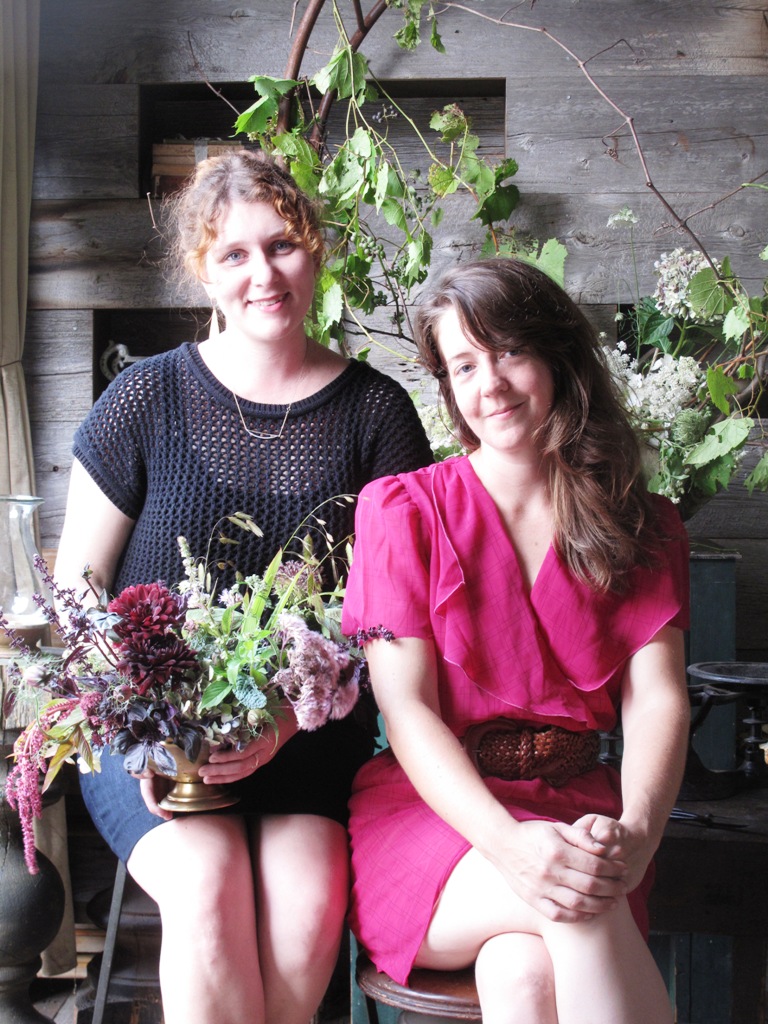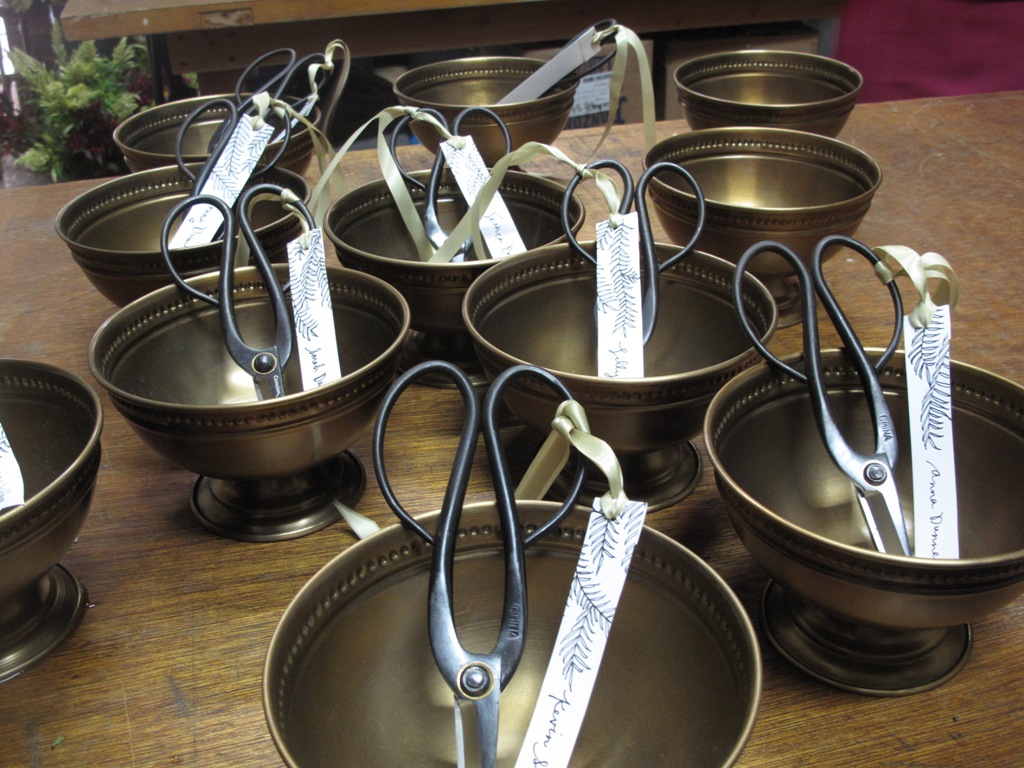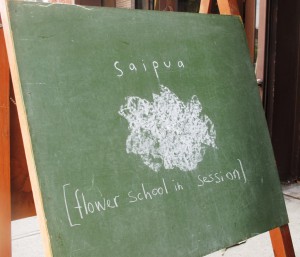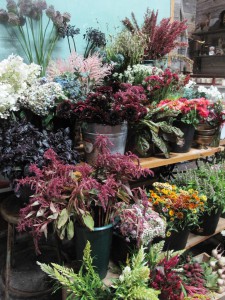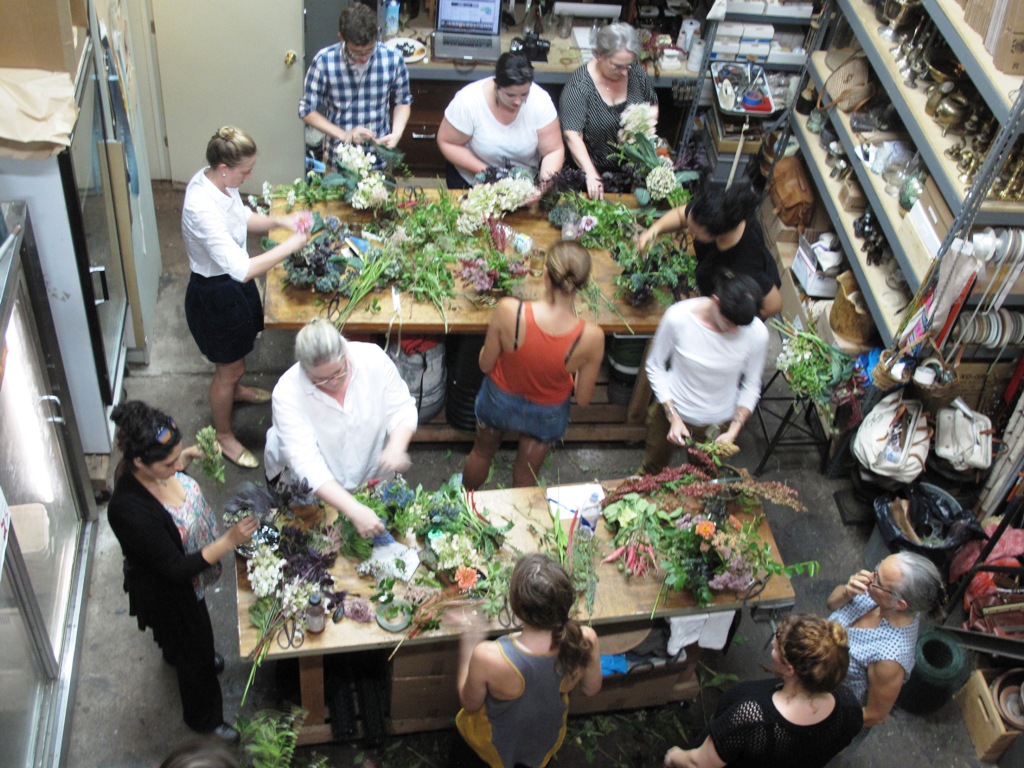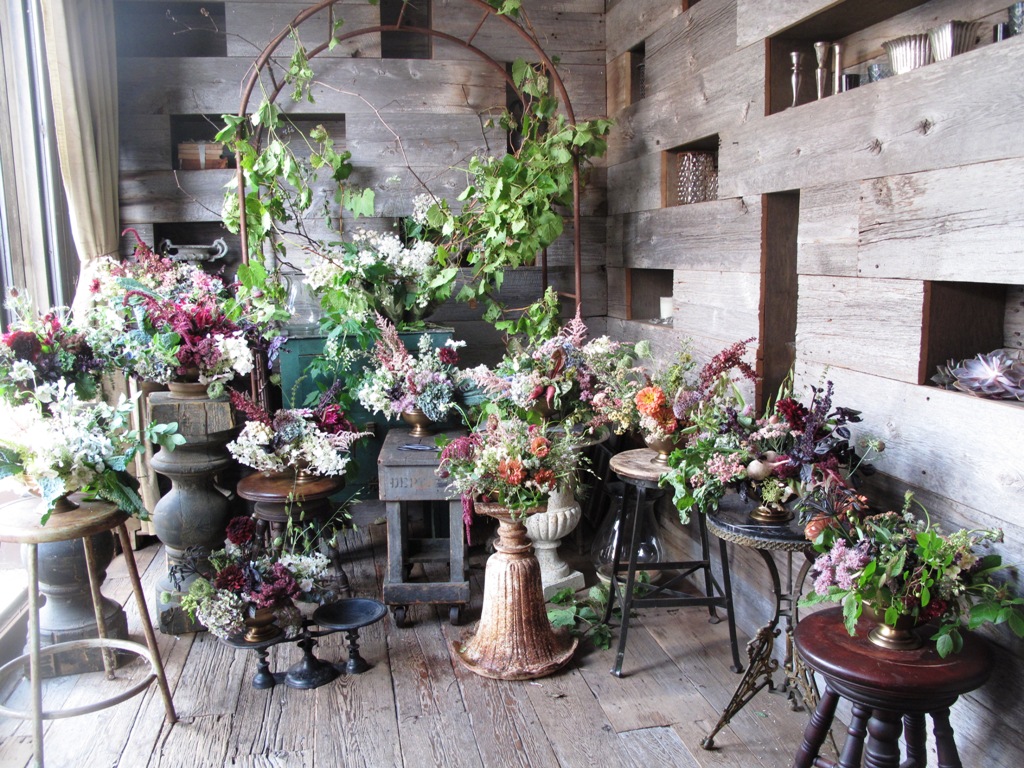Podcast: Play in new window | Download
Subscribe: Apple Podcasts | Podcast Index | RSS | More
Today’s episode was recorded on October 20th at the Association of Specialty Cut Flower Growers conference held in Wilmington, Delaware – and it is our fourth featured segment from that event.
“Wild World of Weddings” is a panel showcasing four voices that may be quite familiar to listeners of this podcast.
You’ll hear Jennie Love, of Love ‘n Fresh Flowers, based in Philadelphia; Sarah Ryhanen of Brooklyn-based Saipua; Ellen Frost of Local Color Flowers in Baltimore and Sullivan Owen, owner of Sullivan Owen Floral & Event Design, also based in Philadelphia.
This free-ranging panel was left unstructured so that audience members could ask ANYTHING they wanted to know about growing, designing and selling local flowers to the bridal and wedding marketplace.
The panel wasn’t moderated per se, but you will first hear Jennie Love, who co-chaired the entire conference with Becky Devlin.
Remember, like all of our episodes from ASCFG, this one exceeds one hour in length. So I’ll keep my intro short and get right to the juicy material.
There’s amazing intel to learn from these four women — and you’ll hear a range of topics — from marketing your design business to navigating consultations to pricing and contracts.
Flower farmers and floral designers – and farmer-florists – will learn volumes from this panel.
Let’s get started with Jennie Love. After Jennie’s first remarks, I’ll interject to introduce each new voice who joins the conversation. You’ll begin to get used to the unique voices and points of view of each panel member as the segment continues.
Thanks for joining me and if you’re interested in learning more about any of these four talented designers, check out debraprinzing.com to find links to their social sites.
For the rest of December, my Slow Flowers Podcast episodes are very special and I’m thrilled to share two new voices with you.
On Dec. 17th, you’ll meet Molly Oliver Culver of Molly Oliver Flowers, a farmer-florist who’s growing her botanical ingredients right in the heart of Brooklyn!
And then on Dec. 24th, I’m very pleased to welcome Emily Thompson, owner of Emily Thompson Flowers, another New York star, a floral designer whose wild, rustic style is at the same time thoroughly elegant and timeless.
I recorded both interviews in person while spending a few days in NYC after attending the Cut Flower Growers Association conference and I’ve been eagerly waiting to broadcast them.
To wrap up the year, on December 31st, we’ll be looking to the future. I’ll host an episode that includes my 2015 forecast for the floral industry. Yes, I have a crystal ball and I’m going to gaze into it and share my insights with you.
If you’re hoping for something special to show up in your stocking or under the tree this year, be sure to send the gifters in your life to Peonyparty.com to buy you a space at the design table next July when Slow Flowers and the Field to Vase blog produce Peony Party.
You’ll join Christina Stembel and me over four fabulous peony-filled days focusing on the cultivation and design of Alaska Peonies.
Find all the details at Peonyparty.com. There are only 20 spaces so grab your spot soon!
My personal goal is to put more American grown flowers on the table, one vase at a time. I promise that when you tune in next week, you’ll hear another insightful and educational episode of the Slow Flowers Podcast.
Listeners like you have downloaded the Slow Flowers Podcast more than 27,000 times. If you like what you hear, please consider logging onto Itunes and posting a listener review.
The Slow Flowers Podcast is engineered and edited by Andrew Wheatley and Hannah Holtgeerts. Learn more about their work at hhcreates.net.









